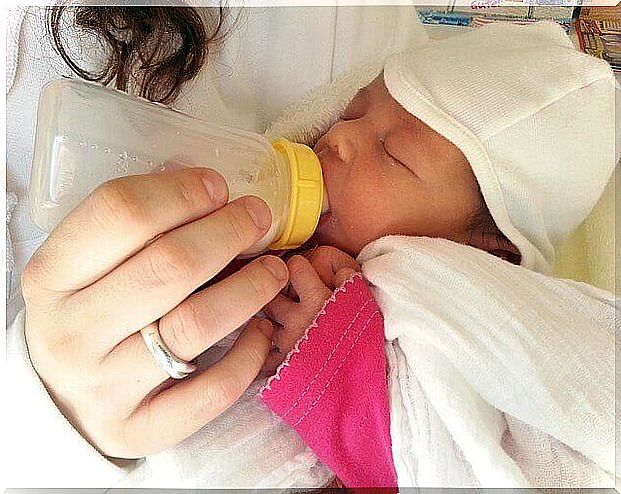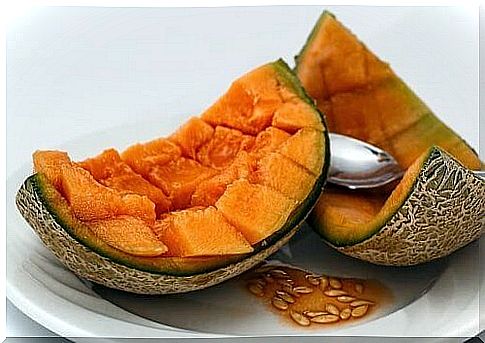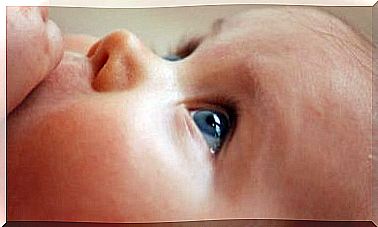What Should Our Baby Receive As Supplementary Food?

The supplementary food is intended to help strengthen the baby’s needs and nutrients. Especially between 6 and 24 months, the most delicate phase that requires maximum care for his well-being.
But what should you give the baby as additional food ? This is the doubt that arises in mothers when the child starts eating porridge and solid foods at the age of six months.
First of all, we have to remember that this is not about replacing breast milk. It is a super meal that children need for their development in the first months of life.
Second, the foods to be given to the child must be rich in nutrients, vitamins, micronutrients, minerals (iron, calcium …) and proteins that contribute to the baby’s growth.

Supplementary food depending on age
6 to 8 months
During this time the baby ventures into the world of nutrition. The mother begins to support the diet, which until then was exclusively breast milk with fruits and vegetables.
Try yogurt, puree, or small pieces of fruit and vegetables (pear, apple, banana, plum, zucchini, broccoli, green beans, pumpkin, carrot, celery, leek); Baby noodles, cereals (quinoa, oats, rice), soft breads, cookies and olive oil.
Supplementary nutrition makes the baby more satisfied and increases the time between meals.
9 to 12 months
When the child takes the first steps and consumes more energy, supplement breastfeeding with natural yogurt without sugar, cream cheese and dairy products, egg yolks, Swiss chard, spinach, watercress, pudding, gelatine and cream.
Also try beef and broth-based creams, ground beef, chicken, and ground pork.
18 to 24 months
Give your baby fish or fish broth from the first year and a half. Of course, bones must be carefully removed!
Crushed nuts help with digestion. But be careful with allergies.
Legumes (e.g. white beans) and cheese can also be fed.
Introducing your child to new flavors will encourage them to tolerate foods and vary their preferences. Cocoa, chocolate, and cow’s milk are other foods that you can fall back on.

How much food does the baby need to be given?
During the exclusive breastfeeding period, the children eat every three to four hours. The addition of solid food extends these times.
However, there is no defined amount or frequency of food that the baby should consume. It is advisable to incorporate the additional food in a natural way in order to discover consistency, temperatures and flavors.
Children under the age of three should eat 5 to 6 times a day. This not only supplies you with important nutrients, it also improves digestion. Don’t forget that having enough water is also very important.
Use child-friendly utensils. The spoon shouldn’t be made of metal so as not to damage the baby’s gums.
Signs that your baby is full
- The child presses his lips together.
- It spits out the food or pushes it away.
- The baby turns her head to one side.
- It plays with the food.









